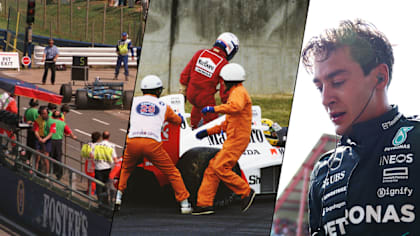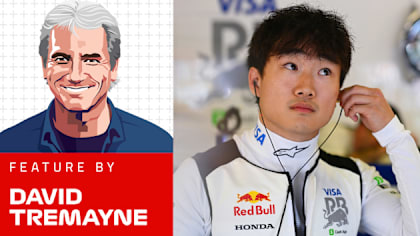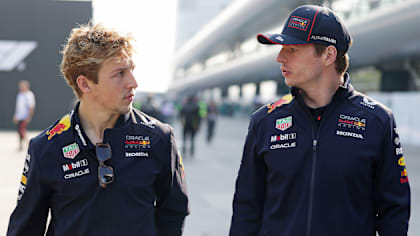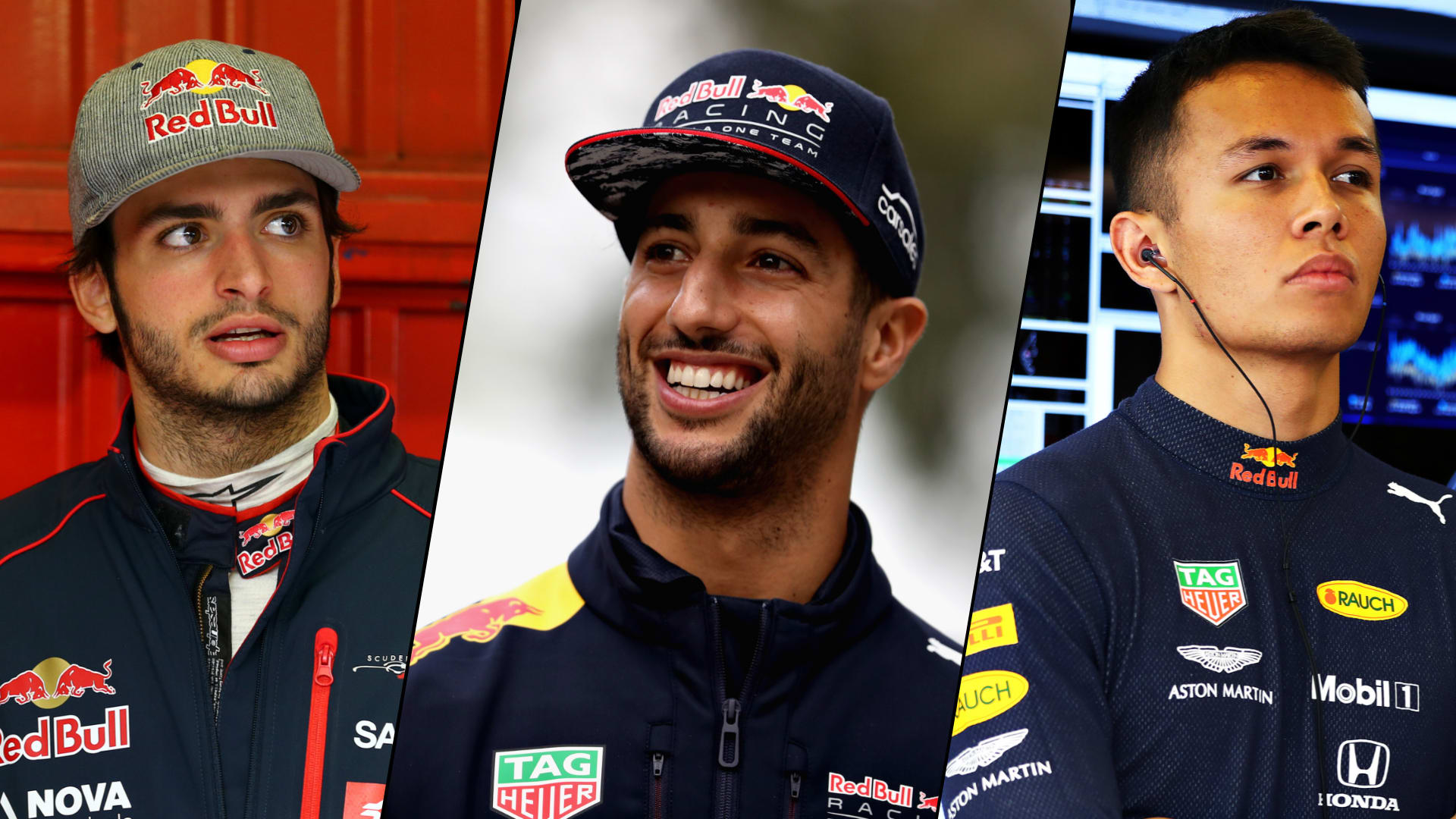Drivers and engineers may refer to Silverstone’s 18 bends by their numbers, but the classic venue is one of several on the calendar whose corners are much better known by their names. But do you know why the circuit’s 290 km/h Turn 10 came to be known as Maggotts? Or which part of the track is named after a World War Two bomber? We explain all…
Abbey (Turn 1)
Silverstone’s flat-out first turn was named after the ancient Luffield Abbey, the remains of which were found near to the corner. The abbey was founded some time before 1133 and suppressed by King Henry VI in 1493.
Farm (Turn 2)
Farm used to be the name of the short blast between Abbey and Bridge Bend, but today it is a lazy left hander and the point where cars feed back onto the track from the pits. The origins of its name are simple: the straight used to pass close to the nearby farm.
Village (Turn 3)
One of the new corners introduced in 2010 following Silverstone’s redevelopment, the right hander is named after Silverstone Village which lies to the north of the circuit. According to the latest census, just under 2,000 people live in the village, though over a Grand Prix weekend they’re typically joined by over 120,000 temporary residents, many of whom camp in nearby fields.
The Loop (Turn 4)
The only corner at Silverstone that is named for its shape, the left-hand hairpin known as The Loop is tackled at around 90km/h making it comfortably the slowest corner on an otherwise high-speed track.
WATCH: A bird's-eye view of Silverstone
Aintree (Turn 5) Famous for hosting the Grand National horse race, for five years in the late Fifties and early Sixties Aintree also staged the British Grand Prix. In tribute the left hander leading onto the Wellington Straight now bears the venue’s name. Somewhat ironically, it was coming out of this corner that Ferrari’s Kimi Raikkonen crashed his Prancing Horse in last year’s race.
Wellington Straight
Formally known as the National Straight, the run down to Brooklands was renamed in 2010 when it became part of Silverstone’s new Grand Prix layout. It’s now known as the Wellington Straight, taking its name from the Wellington bombers that were based at the Northamptonshire circuit during World War Two. Fittingly the straight is formed from one of the old runways.
Brooklands (Turn 6)
In the days of pre-war motor racing Brooklands was Britain’s number-one venue, so it’s rather fitting that one of the corners at the modern day ‘home of British motorsport’ should be named in the famous old track’s honour.
Luffield (Turn 7)
Like Abbey, the long right hander was named after Luffield Chapel (see Abbey above). Introduced to Silverstone’s Grand Prix layout ahead of the 1991 race, Luffield was originally two distinct corners, unimaginatively titled Luffield 1 and Luffield 2.
Woodcote (Turn 8)
The Royal Automobile Club, better known as the RAC, was responsible for organising the first major races at Silverstone, and hence had a big say in naming many of the circuit’s original corners. Woodcote, the sweeping right hander which used to end the lap and the scene of the famous pile-up in the 1973 race, is named after Woodcote Park, an RAC-owned club in Surrey.
Copse (Turn 9)
Nestled in the English countryside, Silverstone is surrounded by luscious green fields and small pockets of dense woodland, knowns as copses. The searingly quick Copse corner, which was the circuit’s first turn for nearly 60 years, passes especially close to Chapel Copse and Cheese Copse, hence its name.
Maggotts, Becketts and Chapel (Turns 10 - 14)
Approached at around 300 km/h, Silverstone’s fastest and most iconic sequence of corners was, until 1991, three distinct bends, but today they are too interlinked to be considered in isolation. The opening section, Maggotts, was named not for the wriggly larvae but for nearby Maggot Moor. Becketts and Chapel Curve, meanwhile, take their names from the medieval chapel of St Thomas à Beckett, which was built in memory of the murdered Archbishop of Canterbury and once stood near to the corners. The chapel buildings were demolished in 1943 to make way for Silverstone airfield.
Hangar Straight
Speaking of the airfield, Silverstone’s use as a Royal Air Force base meant that it was once home to several large hangars. Two of the largest stood next to what became the circuit’s back straight, which today is tackled at 325 km/h.
Stowe (Turn 15)
Situated at the end of Hangar Straight, the rapid right hander has always been a challenge for drivers, despite several changes over the years. Like so many other corners at Silverstone, it takes its name from a nearby landmark: Stowe School, which lies just south of the circuit.
Vale (Turn 16)
Built on an airfield, Silverstone is more or less flat, which is possibly why the most undulating piece of track - found between Stowe and Club - was named Vale (another word for valley). However, some say the name is simply a reflection of the fact that the section sits within the district of Aylesbury Vale.
Club (Turns 17/18)
Like Woodcote, Club, now the track’s final corner, was named in honour of the RAC’s famous clubhouse in Pall Mall, London. Incidentally the iconic gold trophy awarded to winners of the British Grand Prix is the RAC Cup and is the oldest prize awarded in F1 racing. Unlike other trophies, the winner doesn’t get to keep it - it’s returned soon after the podium celebrations.
/EAS_F1_25_ICONIC_ED_3840x2160_StandingPose%20(1))



